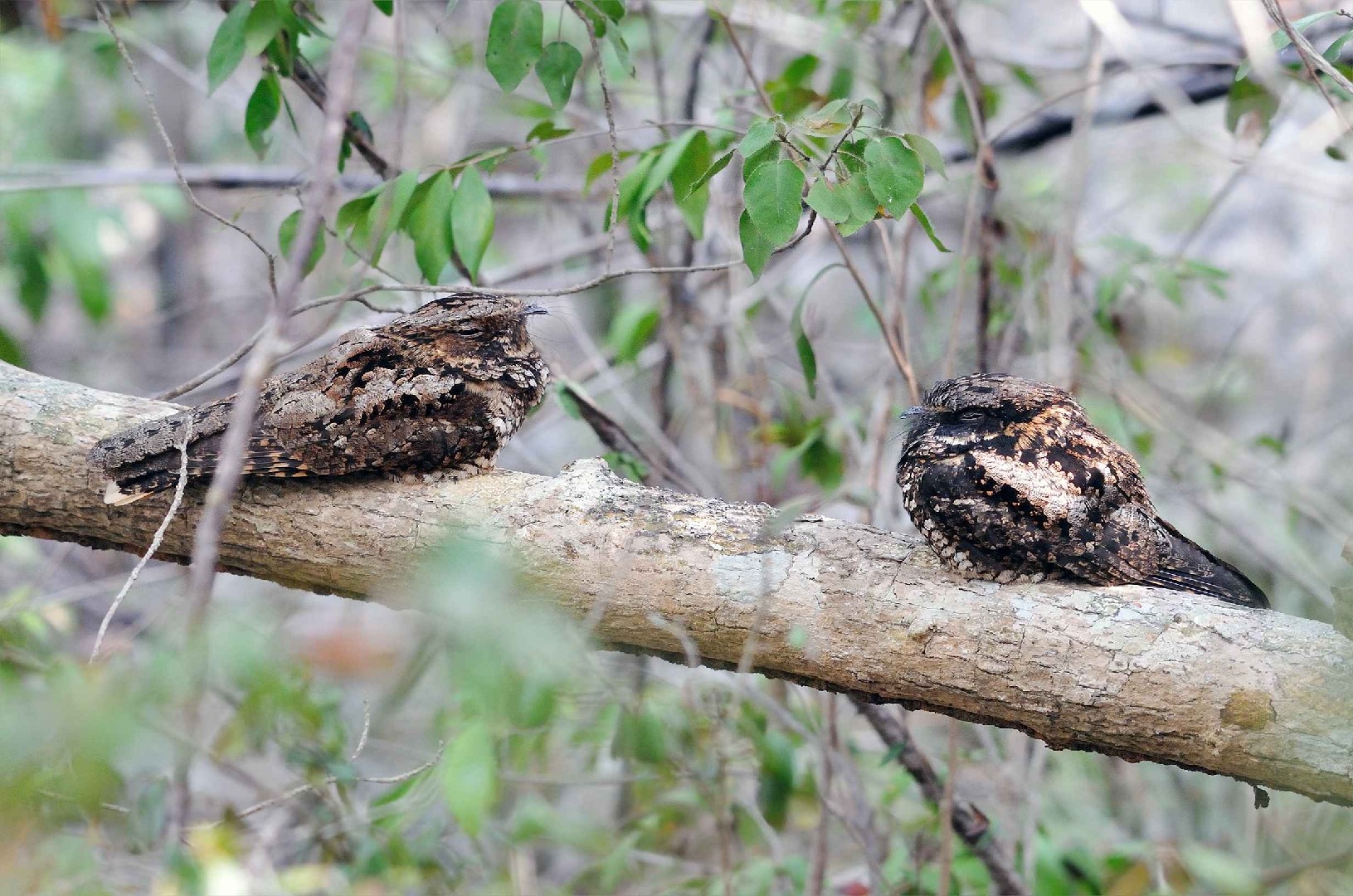Puerto Rican Nightjar
A species of Old World Nightjars Scientific name : Antrostomus noctitherus Genus : Old World Nightjars
Puerto Rican Nightjar, A species of Old World Nightjars
Botanical name: Antrostomus noctitherus
Genus: Old World Nightjars
Content
Description General Info
 Photo By Mike Morel of U.S. Fish and Wildlife Service Southeast Region , used under CC-BY-2.0 /Cropped and compressed from original
Photo By Mike Morel of U.S. Fish and Wildlife Service Southeast Region , used under CC-BY-2.0 /Cropped and compressed from original Description
Puerto Rican nightjars, whose song is composed of rapid "whip" notes, are small birds about 22–23 cm in length, weighing 39-41 g. Similar to the Antillean nighthawk, the species has a mottled, black, brown and gray colored plumage which serves as camouflage while the bird is perched on the ground. Males have a black throat with a white thin horizontal line. There are white spots on the lower part of the tail which are visible in flight. Females are of a buff rather than white coloration. Puerto Rican nightjars have large, dark black eyes, a short gray bill, and gray tarsi. Like all nightjars, they possess stiff bristles around the beak to help with the capture of insects in flight. 
Size
23 cm
General Info
Distribution Area
The species is likely to have historically occurred in moist limestone and coastal forests in northern Puerto Rico, in addition to the current range of dry limestone, lower cordillera and dry coastal forest. The nightjar is presently mostly found in closed canopy dry forest on limestone soils with abundant leaf litter and an open understorey. Lower densities are present in open scrubby forests. Populations have so far been confirmed in three locations in the southwest of the island: Susúa State Forest, Guánica Dry Forest and Guayanilla Hills. The first nesting record of the Puerto Rican nightjar in Maricao State Forest was reported in 2005. 
Species Status
Estimates of the breeding population of Puerto Rican nightjars in 1962 were of less than 100 pairs. In 1968, the species was added to the endangered species list of the United States Fish and Wildlife Service and the IUCN Red List, where it was originally classified as Threatened. It was uplisted to Critically Endangered in 1994, but downlisted again to Endangered in 2011, after the population had been assessed as small but essentially stable. Current estimates are of 1,400-2000 mature birds, which roughly corresponds to 1984 numbers. The species is legally protected throughout its range. Puerto Rican nightjars are considered to be under pressure from habitat loss due to urban development and agricultural expansion, and through predation by introduced predators such as the small Indian mongoose and feral cats, and native predators such as owls. It is possible that the large scale deforestation that occurred during the late 1800s and the beginning of the 1900s is the reason that the nightjars are no longer found on the north part of the island. Mitigating habitat impact on private lands and controlling public access to the forest reserves during their peak nesting season has been suggested as a conservation management technique for this species. 

 Photo By Mike Morel of U.S. Fish and Wildlife Service Southeast Region , used under CC-BY-2.0 /Cropped and compressed from original
Photo By Mike Morel of U.S. Fish and Wildlife Service Southeast Region , used under CC-BY-2.0 /Cropped and compressed from original Scientific Classification
Phylum
Chordates Class
Birds Order
Nightjars and Relatives Family
Nightjars and nighthawks Genus
Old World Nightjars Species
Puerto Rican Nightjar